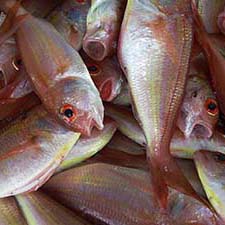October 12, 2023
“Whether we like it or not, change is coming” - Gear tracking a path to keep fisheries fishing
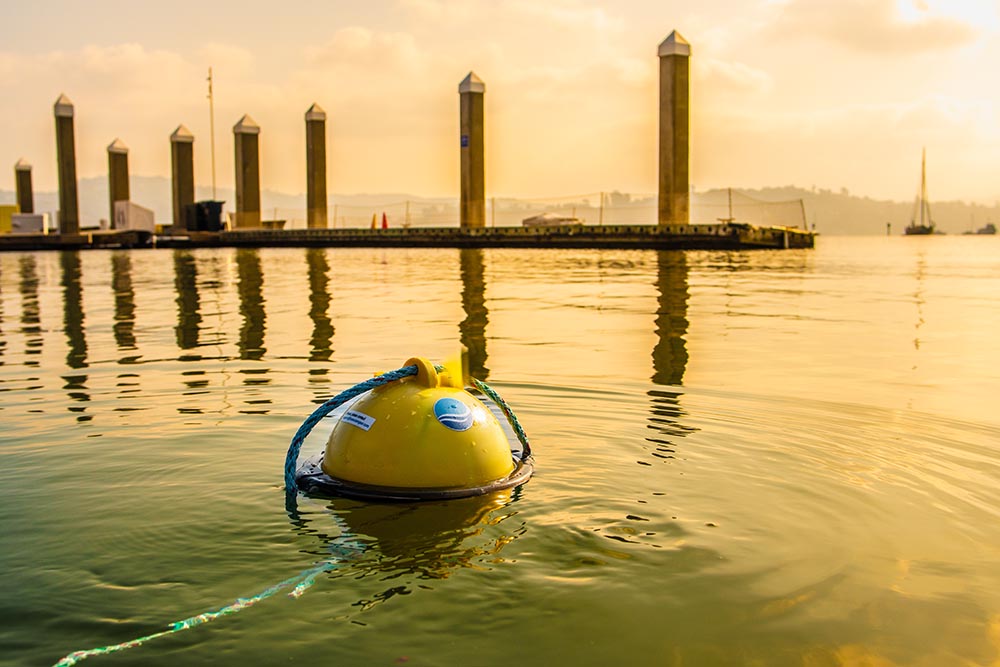
Concerns about whale entanglement risk and ghost gear more broadly are driving calls for the adoption of new technology in some of North America’s most important fisheries. Ropeless or on-demand gear has dominated the headlines and regulatory discussions, but most fleets have resisted adoption of expensive equipment that requires a material change in the way they fish and how their fishery is regulated. These public debates overlook more fisherman-centric technologies that are already in widespread use and achieving many of the new regulatory goals.
After working with pot fishermen from New Brunswick to Alaska, the team at Blue Ocean Gear is keenly aware of the pressures faced by fisheries like New England lobster. That experience has allowed them to create a product that provides immediate value to fixed-gear fishermen today while also anticipating and supporting the industry’s longer term sustainability goals. Their intelligent, connected buoys monitor the location and movement of any type of deployed gear, whether longline, pot or gillnet, along with local ocean conditions.
Blue Ocean Gear is an active member of the tech community laying the technological groundwork for the long-term adoption of on-demand gear. But its primary focus is on building fisherman-centric solutions that allow fleets around the world to hold onto their best practices while also benefiting from the integration of proven technologies to make their lives easier.
What does it mean to fish smarter, not harder?
Founded by Kortney Opshaug in 2015, Blue Ocean Gear designed its earliest products to help the local Northern California Dungeness crab fleet. The company soon expanded its trials to markets like Alaskan king crab and New England lobster. As a result, their buoys today are small and light enough to be stored inside a Dungeness crab or lobster pot and durable enough to be bounced off the deck or survive being dragged down to depths of more than 1,000 feet by currents in the Aleutian Islands. By providing a high-tech tracking buoy that looks and acts like a regular fishing buoy, Blue Ocean Gear allows crews to “fish smarter” without a material change in their on-deck operations. For vessel owners in fleets as far away as Western Australia, an investment in Smart Buoys has meant smaller fuel bills and better protection and awareness of what can be significant amounts of expensive gear out in the open ocean.
What does it actually mean to deploy this technology, though? That’s something that fishermen like Marc Palombo understand on multiple levels. A career lobster fisherman and member of NOAA’s team that is evaluating on-demand gear in SE New England, he has a keen sense of the bottom-line value the technology has enabled.
“We started with the smart gear about five years ago with the Northeast Fisheries Science Center,” Palombo said. “At the time, we were really focused on trying to learn the on-demand gear, how it works, and what you can do with it. As we got more comfortable with it, other opportunities opened up, and we now have fishermen using the gear during zone closures. We were really focused on using [Smart Buoys] to get a position of the on-demand gear when it came to the surface for our lobster and crab gear, and that’s worked incredibly well.”
Those sorts of efficiencies represent the “fish smarter, not harder” mantra that many fishermen advocate. Having real-time location data can save measurable amounts of time and money, which is especially valuable for fishermen when they are in search of missing gear. With the ability to integrate buoy data directly with their plotters, users can see the patterns of how their gear is drifting, providing them with more real-time insight. This data is also shareable, which is particularly relevant in the case of lobster gear, whether on the surface or submerged, helping to prevent other fishermen or local vessels from getting entangled or damaged.
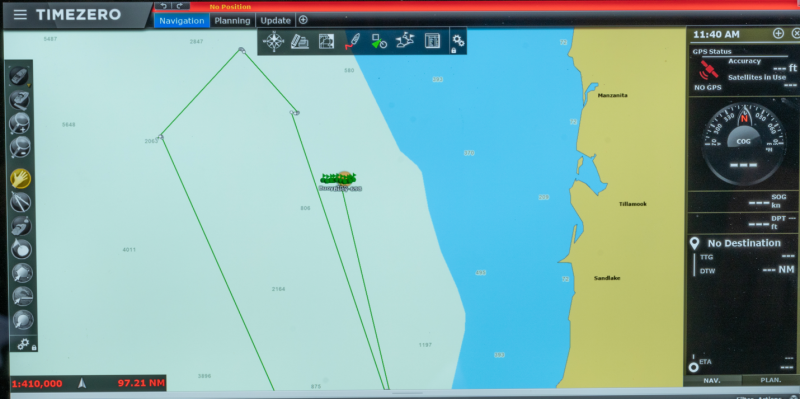
All of these benefits underscore why the adoption of Smart Buoys is not about learning a new behavior but is instead connected to established habits that can go back decades. Using Smart Buoys doesn’t change the basic process of setting or hauling gear, which means adoption doesn't require a crew to do anything differently. It just makes things easier and faster. In stormy or foggy weather, traditional surface buoys can be nearly impossible to find, particularly if the gear has been dragged by the waves or currents, but Smart Buoys allow users to know exactly where they need to go instead of having to guess.
These efficiencies can mean savings of anywhere from two to seven hours on a typical day of hauling. That means a significant reduction in both fuel burn and time on the water, which can be even more notable for crews.
“We have developed hard metrics around savings, but what’s resonated most with many of our customers are the softer benefits,” said Peter Macy, Co-founder, and CBO at Blue Ocean Gear. “That is when the captain can tell the crew with confidence that it will be a 30 min trip to the next string, not 45 minutes or an hour while he drives around looking for the gear. I’ve had people tell me that our technology makes them a better fisherman because it allows them to stay focused on their catch and crew.”
While the economics of this gear make sense for boats that are fishing offshore with longlines or strings of traps, the value adds up for higher-value single pot fisheries like snow crab as well. Fishermen working in areas that are threatened by whale entanglement are seeing the value of this technology in a whole new way. The adoption of gear tracking opens a new avenue of discussion around how to best adopt ropeless gear, which has previously been a binary issue.
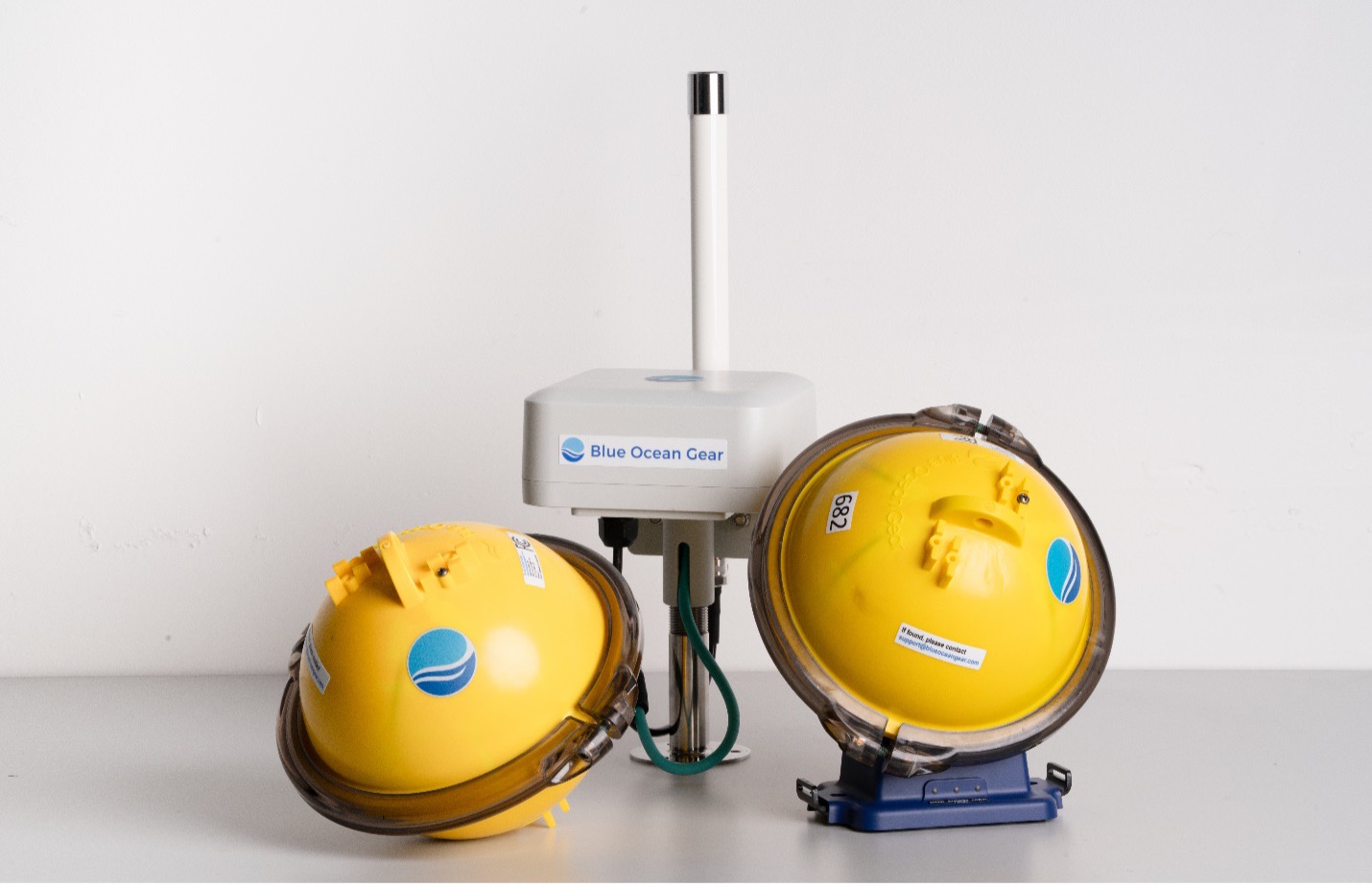
The Middle Path to Ropeless
While some have advocated for ropeless fishing technology as the way that fishermen can best address whale entanglement risk, others don’t see it as the solution to the problem of marine mammal interactions. The widescale adoption of on-demand gear is set to be a major topic of discussion over the next few years, but the specific approach that fishermen can take is one they need to carefully consider.
While certain portions of the industry will likely move towards on-demand technology, the implicit costs of that transition are significant. Setting up a trawl of pots with pop-up gear requires a different approach, bringing uncertainty around what would be a new setting and hauling process, much less the dependability of the new technology itself. The reliability of the leading on-demand gear is improving, but the impact these solutions will have on an overall catch for a fleet over the course of the season or multiple seasons remains an unknown.
Despite these challenges, the reduction of entanglement-related whale mortality is a priority for fishermen and regulators, which means laying the technological groundwork necessary for the widescale adoption of on-demand gear is critical. Innovations like Blue Ocean’s Gear smart buoys and supporting cloud-based software offer a viable middle path that could allow fishermen and fisheries to actively reduce and track entanglements while also supporting the development of long-term policy decisions around how to best implement and fund the widespread use of on-demand gear.
“Our view is that there's a real impetus and an urgency to address whale mortality risk to the point that we need to get something done now,” said Macy. “The challenge is that at this moment, the industry as a whole is still at the beginning of the adoption curve for on-demand gear. That’s where we can come in as an evolutionary step for fishers and regulatory agencies who are looking for a less dramatic and expensive means of improving the sustainability of their fishery. Our technology reduces lost gear both during and after the season, while also providing clear, shareable gear tracking data, particularly during those times when whales may be in the area. Our goal is to keep markets active and fisheries open as they sort out exactly what larger scale changes may be in store.”
Looking forward, on-demand gear holds the promise of eliminating the need for surface lines until fishermen are ready to haul the gear and is thus seen the most direct means of addressing the primary source of whale entanglements. One major hurdle to this tech – marking and tracking their on-demand gear – is where fishermen are seeing some of the biggest opportunities for Blue Ocean Gear technology.
“The most significant benefit is being able to almost instantly locate any gear that comes to the surface,” said Palombo. “This is important especially in a whale closure area, as we don’t want to have any interactions with whales. There are already closures that are happening throughout the year, and this technology can mean knowing whether or not there’s an interaction which is something we must assess and know very quickly.”
An understanding of those interactions is also a factor in one of the big debates between fishermen and scientists about whale entanglements. Fishing areas are often identified as locations where certain whales congregate, but that doesn’t always line up with what fishermen are actually seeing. Those specifics can be captured through tools that provide a means of tracking and mapping across a season, providing both groups with an otherwise unavailable source of truth.
Tracking tools and other fisherman-centric technology solutions have changed the conversation around adopting ropeless gear from being all or nothing. They represent a means of flexibility around what’s next, but enabling these changes isn’t as much about the technology itself as it is a desire on the part of users to be part of both the present and future of the entire industry.
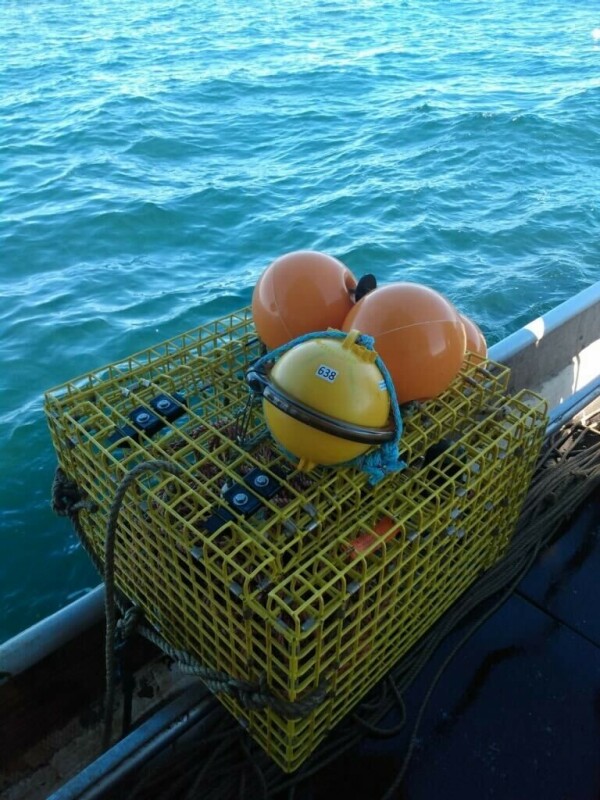 “We need to get better.”
“We need to get better.”
For many years, the legacy and history associated with a given market or region allowed fishermen to hold off on the adoption of new tools or innovations. Today though, regulatory and environmental pressures are forcing the issue. While the economics of on-demand don't work for every fishery, what other technologies can be utilized to achieve specific conservation goals that might soon be regulated? What can fishermen do that makes sense today but also opens up new options for tomorrow? These are the sorts of questions that can be tough to ask, but that makes doing so all the more critical.
“Five years ago, I was that guy,” Palombo admitted. “I didn’t want to deal with any of it. But what I came to realize is that whether we like it or not, change is coming. So, let's be part of the conversation. That’s why I tell anyone who asks that they need to try it for themselves. There's tons of help, which I’ve seen for myself with the Northeast Fisheries Science Center. All you have to do is ask. This technology is only going to get better, but that means we need to get better.”
The gear tracking buoys from Blue Ocean Gear are legal for use in fisheries worldwide and can be used in combination with any gear configuration, whether traditional or on-demand. Adoption can enable immediate benefits but can also be part of a broader on-demand fishing technology ecosystem. Of course, the logistics and costs are always going to be top of mind, but the support that Palombo mentioned is available in terms of both logistics and funding.
In Canada, the DFO’s Atlantic Fisheries Fund and Ghost Gear funds have both supported the adoption of innovative technology that supports sustainability. In the US, there are several government agencies such as NOAA’s New England Fisheries Science Center building gear libraries so that fishermen can try new gear and the National Fish and Wildlife Fund has committed up to $18 million to funding the development of innovative gear for the New England lobster fishery. The International Fund for Animal Welfare and Conservation Law Foundation have also been active supporters of fishing tech like Blue Ocean Gear in the Northeast.
This growing pool of funding and resources available to support the adoption of new fishing technology is an indication of the efforts to enable larger changes across the industry. That said, the successful roll-out of these changes is contingent on the evolution of the expectations that fishermen and their crews have around the value of new tools to better support their day-to-day operations, as well as the broader sustainability of their fishery. In an industry famous for its connection to history and tradition an incremental approach to change is likely to be the most successful path.
Get in contact with Blue Ocean Gear here




